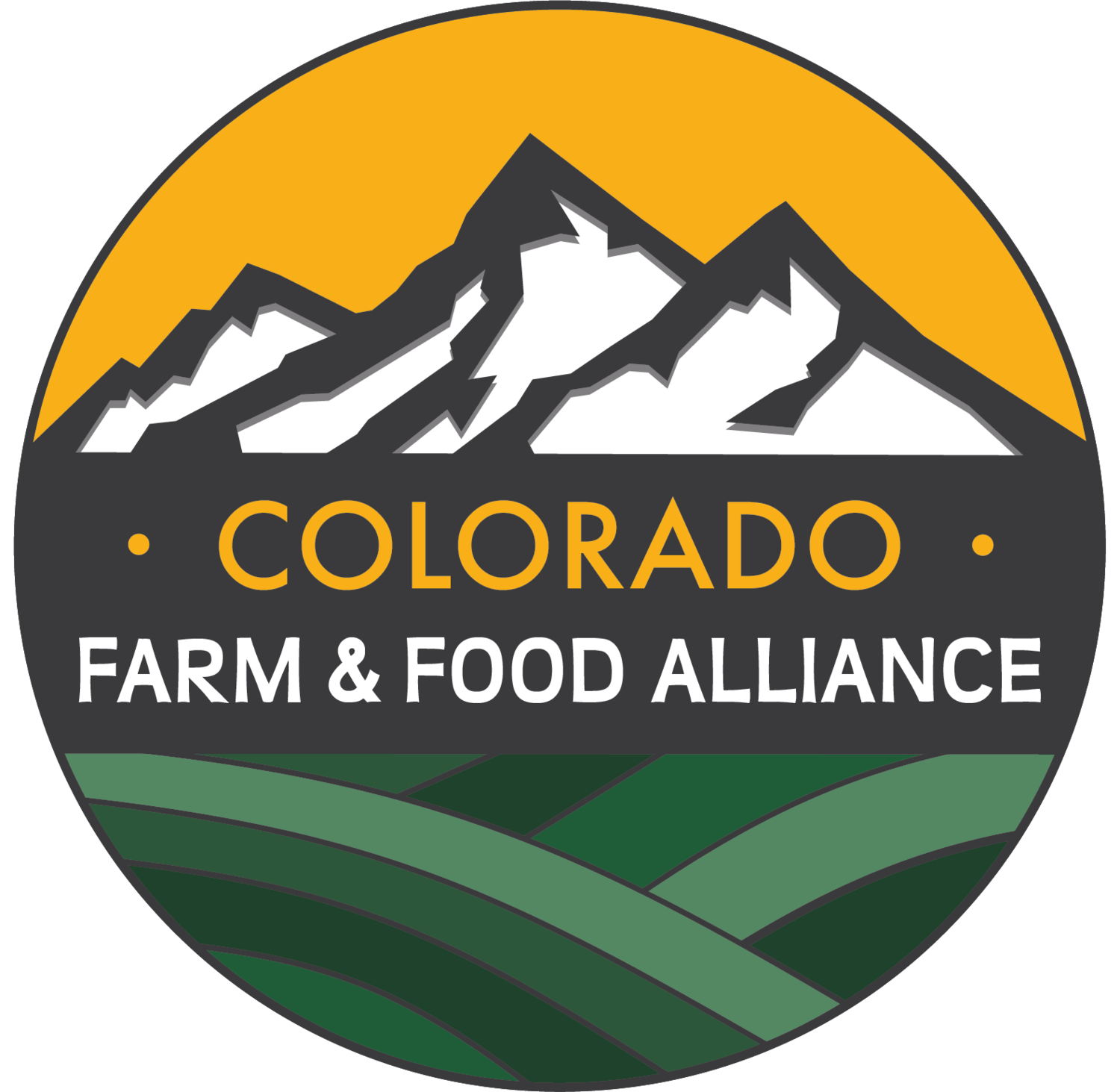Public Lands, Water Supplies and Centering Rural Voices in the Energy Transition
In 1904, when the Gunnison Forest Reserve (now National Forest) was being considered, a primary rationale for its designation was to protect the critical headwaters of the Gunnison River, including the North Fork Valley, already an area renowned for orchards, farms and ranches. In 1909, the Gunnison Tunnel was completed and President Taft took the train out to Montrose and cut the ribbon himself, effectively doubling land for agriculture in the Uncompahgre Valley.
By 1922, when the Colorado River was officially parceled out among the states that laid claim to some of its flow, many places in western Colorado were already well-irrigated. And the burst of activity by early settlers including the Gunnison Tunnel--one of the very first projects of the U.S. Reclamation Service (now Bureau of Reclamation)--would just be the start of many thousands of water projects in the region - from small ditches to giant reservoirs.
Still, federal involvement, as central as it has been to life in Western Colorado since American settlers first arrived, is often not met without some contention. Which runs all ways, and it gets especially riled up around public lands and water.
In the North Fork Valley it's been an on-going, off again on again, sort of fight to keep oil and gas development off public lands and out of the watersheds--which irrigate farms and ranches and provide residents their domestic supplies too. These areas are also headwaters to all the complexity of demands on the Colorado River all the way downriver.
It can be said that the federal government has always been engaged with the administration of the West's lands and water.
Blue Mesa Lake (the state’s largest body of water), along with its two companion reservoirs on the main stem of the Gunnison River, comprise the Wayne N. Aspinall Storage Unit and are part of the Upper Colorado River Storage Project. All part of a Bureau of Reclamation project, completed in 1965, to manage water flows between the upper and lower basin states, as prescribed in the 1922 Colorado River Compact.
The Gunnison River is the second largest tributary to the Colorado River, after the Green, which all flow into Lake Powell, the upper basin’s bottom pool in the complex plumbing that is this river system today. And recently, the Bureau of Reclamation has called to lower Blue Mesa by eight feet to send the water to that rapidly shrinking reservoir on the Utah - Arizona border.
The campaign to Protect the North Fork, to prevent the spread of oil and gas development in the valley, has centered on protecting the vital water sources for the area's famous farms, orchards, vineyards and ranches. It has lasted at least a decade now, with numerous rounds and drilling proposals for projects that the community works to battle back. Fatigue is not uncommon.
But still people in the North Fork are feeling a bit more hopeful now. That small hope comes from the U.S. Department of Interior taking time to pause and review the public lands oil and gas leasing programs, which badly need reformed.
One place that reform can start, is keeping oil and gas development out of water supply areas, important wildlife habitat, and popular public lands. We are now facing a colossal loss of species with water supplies in such a crisis. Evidence shows that we must manage our vital resources more carefully. Public lands are too important for their other values and resources to mine or frack. And fossil fuel development on public lands already contributes a massive load to our nation’s climate pollution.
According to most climate scientists, the need for urgent climate action means curtailing the use of fossil fuels as quickly as we can. Public lands are a perfect place to start by limiting the expansion of such projects there. But that also means making sure the activity that is occurring is being properly considered and managed, even as it is being ramped down.
Communities here can also find some relief from action in the U.S. Senate and House -- thanks to Colorado leadership in some cases -- which has enacted or is working to pass various modest but important federal oil and gas reforms to limit methane pollution, increase public involvement, and to raise bonding levels for companies that operate on public lands.
The stakes are high. And for agriculture and communities in the U.S. Southwest it's an immediate and literal emergency. But change comes hard and there is profit in business as usual. So we must do more than just prevent harm, we must also support new opportunities and economies that meet this challenge to implement necessary changes.
The cost of not acting right now has grown too large. We must invest in climate action, and move with all urgency to protect our healthy lands and clean water.
The Colorado Farm & Food Alliance works to make sure that policy-makers hear from farm- and business-owners, workers and residents who agree that strengthening protections for our climate, air, water and land is something we support and something for which we will always fiercely advocate.
If you’re ready to get more involved in helping keep oil and gas development out of water source areas, wildlife and public lands sign our statement on oil and gas development by adding your name at the link above.

